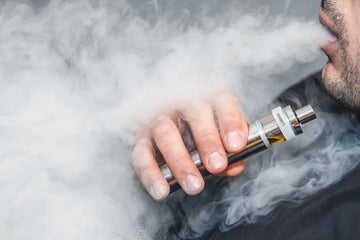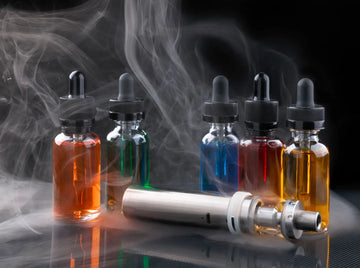
Vaping has seen exponential growth as an alternative to smoking over the last several years, prompting increased scrutiny into what materials may be present in electronic cigarettes and vape devices. Of particular note is cotinine in vapes - an active metabolite of nicotine; we examine here whether its presence exists and any implications this might have for users.
Buy Now: Luto Pro Xxl
Understanding Cotinine
Cotinine, the metabolic by-product created when our bodies break down nicotine for use, serves as an accurate marker of nicotine intake through smoking, chewing tobacco use or vaping. When people take in nicotine via any one of these methods, their bodies turn it into cotinine which can then be detected in blood, urine and saliva samples, providing an accurate indicator of consumption.
The Presence of Cotinine in Vapes
An unfortunate misconception of vapes is the idea that they contain direct amounts of cotinine; vapes do contain nicotine but not directly cotinine as part of their ingredients; instead it forms once nicotine has been processed by your body and turned into cotinine through metabolism. Therefore when someone uses a vape they inhale nicotine which then converts to cotinine once processed through their body; so even though no direct source can be identified after vaping has taken place; its presence will still remain within you once vaping has concluded!
Health Implications
Cotinine levels produced after nicotine consumption underline its importance when conducting health assessments. Cotinine is used as a measure to quantify nicotine exposure and potential negative consequences on health; higher than usual cotinine levels indicate significant nicotine intake which could have various ramifications such as increased heart rate or blood pressure, addiction potential or cardiovascular risks; health professionals use understanding cotinine levels within our bodies as an assessment of vaping as compared with other forms of nicotine consumption.
Explore More: Ripple Vape
Research and Studies
Studies on vapers' cotinine levels have focused on measuring their levels to compare nicotine intake from traditional smoking to that of vaping, with research suggesting that vapes may deliver nicotine more quickly but their overall impact in terms of user cotinine levels remains the same; suggesting similar health risks and potential addiction potential regardless of method used to consume nicotine.
Regulatory Perspective
Regulators such as the FDA provide specific and stringent regulations on nicotine-containing products such as vapes. Although cotinine itself isn't subject to such guidelines, understanding its formation after nicotine ingestion helps form them and control nicotine levels in e-liquids to mitigate health risks associated with vaping.
Read More: How to Use Zyn
Conclusion
Is cotinine in vapes? Cotinine, although not an ingredient found in vapes, serves as an important indicator of nicotine exposure once it enters the body through metabolic processing. As such, understanding its significance when measuring nicotine exposure is of critical importance both to users and healthcare professionals alike; although vaping provides different delivery mechanisms than smoking cigarettes does in terms of nicotine intake levels; understanding the impact on levels and risk associated with vaping is just as relevant. Therefore it remains vitally important that ongoing research and regulation in vaping ensure user safety and wellbeing.




